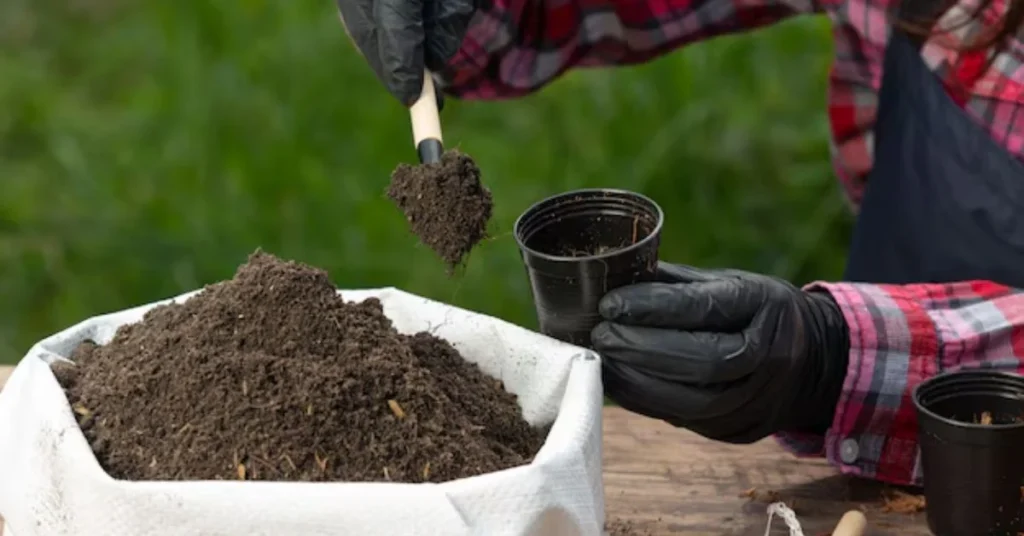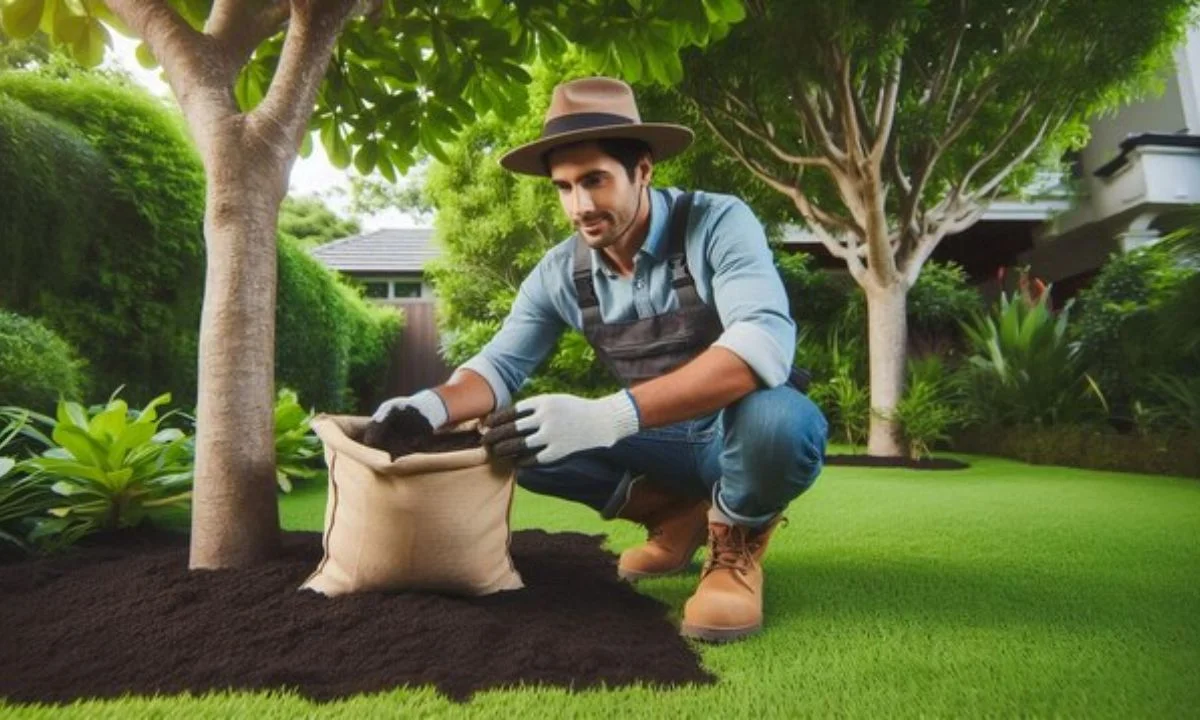Lawn fertilizer care in South Florida is essential for maintaining a lush and vibrant yard. The unique climate and soil conditions in this region require specific fertilization techniques to ensure your grass thrives. This article will provide you with a complete guide to lawn fertilizer care, covering everything from choosing the right products to understanding the best times to fertilize your lawn.
Understanding South Florida’s Climate and Soil
The Unique Climate of South Florida
South Florida boasts a tropical climate characterized by warm temperatures and high humidity. This weather allows grass to grow year-round, but it also means that lawns require consistent care and fertilization to remain healthy. In this region, the growing season typically lasts from March to November, making it crucial to implement effective lawn fertilizer care in South Florida throughout these months.
Soil Types in South Florida
The soil in South Florida often consists of sandy loam, which drains quickly and can lead to nutrient leaching. This type of soil can make it challenging to retain moisture and essential nutrients. Understanding your soil type is vital for effective lawn fertilizer care in South Florida. Conducting a soil test can help determine the specific nutrient needs of your lawn, ensuring you choose the right fertilizer.
Must read How to Store Lawn Mower in Garage: Complete Guide
Choosing the Right Lawn Fertilizer
Types of Lawn Fertilizers
When it comes to lawn fertilizer care in South Florida, there are several types of fertilizers available:
- Granular Fertilizers: These slow-release fertilizers provide a steady supply of nutrients over time. They are easy to apply and are suitable for most grass types in the region.
- Liquid Fertilizers: These fertilizers offer quick absorption, making them ideal for rapid growth. However, they often require more frequent applications.
- Organic Fertilizers: Made from natural materials, organic fertilizers improve soil health over time. They are a great option for environmentally conscious homeowners.
Understanding N-P-K Ratios
Fertilizers are often labeled with N-P-K ratios, which indicate the levels of nitrogen (N), phosphorus (P), and potassium (K). Understanding these components is essential for proper lawn fertilizer care in South Florida:
- Nitrogen (N): Promotes leaf growth and lush greenery.
- Phosphorus (P): Supports root development and flowering.
- Potassium (K): Enhances overall plant health and disease resistance.
Choosing a fertilizer with the right N-P-K ratio for your lawn’s needs is crucial for achieving optimal growth.

Best Times to Fertilize Your Lawn
Spring Fertilization
Spring is a critical time for lawn care in South Florida. As temperatures begin to rise, grass enters its active growth phase. Fertilizing your lawn in early spring helps provide the nutrients necessary for robust growth. Aim to fertilize your lawn between March and April, using a balanced fertilizer to kickstart the season.
Summer Fertilization
During the summer months, grass may require additional nutrients due to increased heat and humidity. Applying a slow-release fertilizer in early summer (June) can support continuous growth while minimizing the risk of burning the grass. This is an excellent time to focus on lawn fertilizer care in South Florida, ensuring your grass stays healthy through the hot season.
Fall Fertilization
As the growing season comes to an end in fall, it’s essential to prepare your lawn for the cooler months. Fertilizing in September or October helps strengthen root systems and prepares the grass for dormancy. Look for fertilizers designed for fall applications, which typically have higher potassium levels to support winter hardiness.
Winter Care
While winter is not the peak growing season for grass in South Florida, it’s still crucial to maintain lawn health. Avoid fertilizing during the coldest months, as grass enters dormancy. Instead, focus on proper watering and mowing practices to keep your lawn healthy until the spring.
Lawn Fertilizer Application Techniques
Best Practices for Application
Proper application techniques are essential for effective lawn fertilizer care in South Florida. Here are some best practices to consider:
- Even Distribution: Use a broadcast spreader to ensure even distribution of granular fertilizers across your lawn. This helps prevent patchy growth and nutrient burn.
- Watering After Application: Water your lawn lightly after applying fertilizer to help the nutrients penetrate the soil. This also prevents potential burning caused by the fertilizer sitting on grass blades.
- Follow Instructions: Always read and follow the manufacturer’s instructions on the fertilizer package for optimal application rates and timing.

Frequency of Fertilization
The frequency of fertilization depends on the type of grass in your lawn and the specific fertilizer used. Generally, most lawns in South Florida benefit from fertilization every 6-8 weeks during the growing season. However, it’s essential to monitor your lawn’s health and adjust your fertilization schedule as needed.
Common Lawn Care Challenges in South Florida
Pest Control
Pests can pose a significant threat to your lawn’s health. Regular fertilization helps strengthen grass, making it more resilient to pests. However, if you notice signs of pest damage, consider applying targeted pest control products. Integrated pest management (IPM) practices can also help minimize pest issues without harming beneficial insects.
Disease Prevention
Fungal diseases can thrive in South Florida’s humid climate. Maintaining proper lawn care, including fertilization, mowing, and watering, can help prevent disease outbreaks. If you suspect a disease issue, consult with a lawn care professional for appropriate treatments.
Weeds
Weeds compete with your grass for nutrients and water, making it essential to manage them effectively. Regular fertilization promotes thick, healthy grass that can outcompete weeds. Consider applying pre-emergent herbicides in early spring to prevent weed growth.
Maintaining Soil Health
Soil Testing
Conducting a soil test is one of the best practices for lawn fertilizer care in South Florida. A soil test will reveal the nutrient composition of your soil and help you determine which fertilizers are best suited for your lawn. Most local extension services offer soil testing kits that are easy to use.
Improving Soil Structure
Incorporating organic matter, such as compost, can improve soil structure and nutrient retention. Adding organic materials helps create a healthier environment for grass roots to thrive. Additionally, practicing aeration can alleviate soil compaction and enhance nutrient absorption.
Conclusion
In conclusion, effective lawn fertilizer care in South Florida is essential for maintaining a healthy and vibrant lawn. Understanding the unique climate and soil conditions, choosing the right fertilizer, and implementing proper application techniques will help your lawn thrive year-round. By following the tips outlined in this article, you can enjoy a lush, green yard that enhances the beauty of your home. Remember, consistent care and attention will yield the best results for your lawn. Click here for more information.

What is the best fertilizer for lawns in South Florida?
The best fertilizer for lawns in South Florida depends on the specific grass type and soil conditions. Look for slow-release granular fertilizers with a balanced N-P-K ratio for optimal growth.
When should I apply fertilizer to my lawn?
Fertilizer should be applied in early spring, early summer, and early fall for the best results. Adjust the timing based on your specific lawn’s needs and local weather conditions.
How often should I fertilize my lawn in South Florida?
Most lawns in South Florida benefit from fertilization every 6-8 weeks during the growing season. Monitor your lawn’s health to determine if adjustments are needed.
Can I use organic fertilizers for my lawn?
Yes, organic fertilizers are an excellent choice for promoting soil health and improving nutrient retention. They can be particularly beneficial in sandy soils like those found in South Florida.
What are the signs of over-fertilization?
Signs of over-fertilization include yellowing grass, burnt leaf tips, and excessive growth. If you notice these symptoms, reduce the frequency and amount of fertilizer applied to your lawn.
